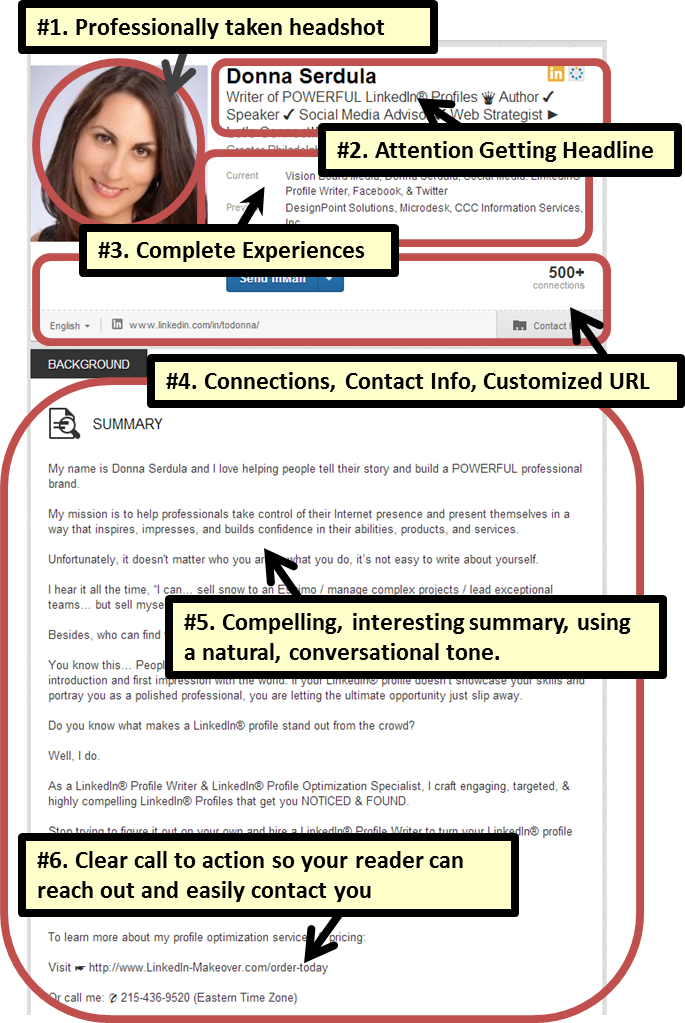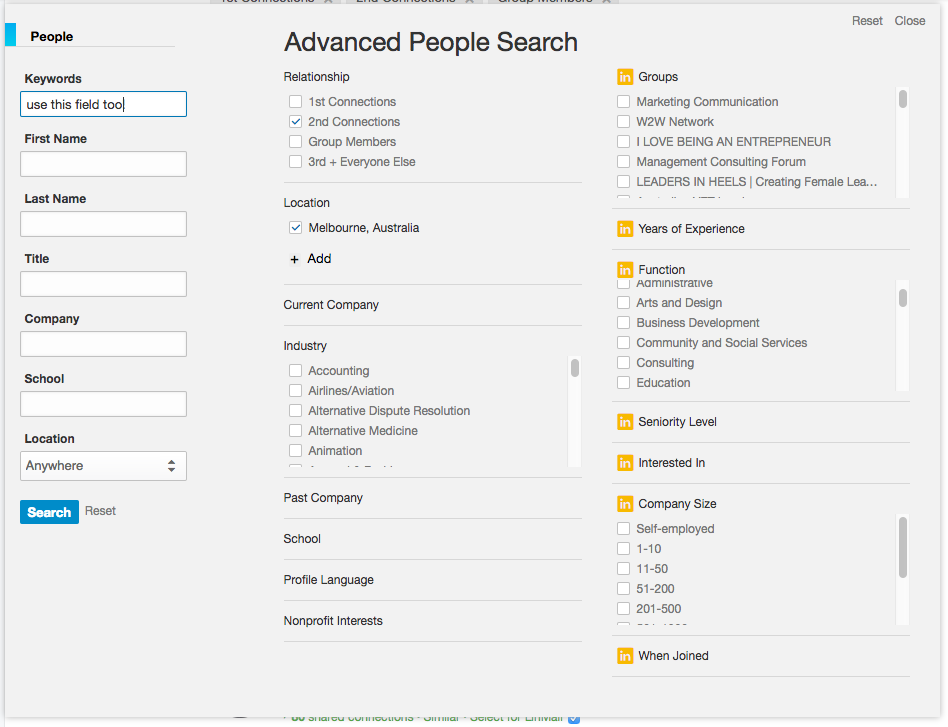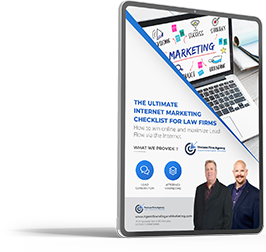Editorial credit: / Shutterstock.com
LinkedIn does for your professional life what Facebook does for your personal life. That is, at least, the distinction that most people see between these two popular social media platforms. Facebook helps display your social life, and LinkedIn enhances your professional world.
In the past decade or so, LinkedIn has grown to become more than just a simple host for people’s resumes. It now opens opportunities to reach a vast network of like-minded professionals and experts in many different fields. Not only those within the insurance industry but also in related industries.
In many ways, LinkedIn is the ideal platform for insurance agents. Used correctly, it can reveal a wealth of opportunities not previously considered, especially when it comes to writing more commercial line policies.
In this article, we will dive into the 500 million+ user strong platform and look at just what it takes to source more commercial lines insurance customers successfully on LinkedIn.
You’ll learn how to:
- Create an outstanding LinkedIn Profile
- Make the most of the group feature
- Benefit from your knowledge
- Uncover the ideal customers
Make Your Profile Strong

Source: https://www.linkedin-makeover.com/linkedin-profile-samples/
Some LinkedIn profiles look as though they were slapped together on the fly. You might have seen a few yourself–they usually feature a stock image or no picture at all, a partial job history lacking sufficient details, and their presence on LinkedIn is so minimal that it might as well not exist at all.
In fact, it would probably be better to have no LinkedIn profile than to have one that is thrown together haphazardly. Just as a strong online presence makes you appear serious and professional, a weak one can make you appear… well, weak.
The creation of your LinkedIn profile should reflect the attention to detail that you will apply to each client’s needs. Every detail should be carefully crafted to show off your best professional assets and give people an idea as to how you can help them.
You want your profile to stand out. By the time a person is done reading it, he should feel like he knows you as a person and a professional. Furthermore, a well-crafted profile will make it easier to gain access to other networks such as private LinkedIn groups.
First, upload a picture that shows you as a professional. In fact, if you can have a picture taken professionally, that can dramatically enhance your profile. Don’t use a picture that has others in it, in the background, or any in which you are wearing casual attire. A nice clean picture of you dressed in a suit will certainly help to portray an image of professionalism and expertise. Ok. Maybe the suit comment is an exaggeration. For me personally, I prefer a “business casual” look for my LinkedIn profile.
Next, write a thoughtful, detailed summary. It should include rich details about your professional background, your expertise, and how you help customers. That is your chance to introduce yourself to visitors to your profile. Tell them who you are, why you got into the insurance industry and what you have accomplished in the field. No need to provide a dry list of your job history here. There is a place for that. The summary should be personable, informative, and engaging.
Speaking of job history, this next section should read like a resume. Include bullet points highlighting your accomplishments in each position. Your writing can be casual and conversational but remember to stay professional. Your visitors should feel like they are having a conversation with you, not reading a boring rundown of your professional accomplishments. Watch the industry jargon that I see agents lapse into. If you happen to use some acronyms, that’s ok (minimize their use), but ensure that you spell out what they mean; also show why they’re relevant to the reader.
Do Not Simply Join Groups; Engage
Building your LinkedIn network with people you already know is easy. The difficult part for many people is to develop new connections. One of the simplest ways to do that is to join groups. LinkedIn’s group search feature allows you to easily find groups based on your industry, your college, and even your hobbies.
You can request to join most groups on LinkedIn. Many require manual acceptance so you could have to wait a while before you can begin participating. Once in a group, begin engaging with other members by commenting on their posts, answering questions and publishing comments of your own.
That is important. Simply joining these groups is not going to build your network or get you leads. By joining the discussion and contributing thoughtful comments, you gain the trust of others in the group and establish yourself as an industry expert.
When you are considered an expert, professionals in related fields feel confident sending business your way; having someone like you in their network reflects well on them by extension.
Offer Your Knowledge for Free
The LinkedIn forums provide a place where you can offer industry advice to those searching for it. Make use of this function, but avoid coming across as a pushy salesperson. If someone asks about the difference between whole life insurance and universal life insurance, answer the question clearly and concisely, but resist the urge to end your answer with a call to action. Again the old adage is still quite true, “When you properly educate, you allow the individual to then buy.” No one likes to be sold.
People who read your answer(s) and benefit from it can easily see from your profile, assuming you have filled it out thoroughly, that you are a life insurance agent. As you answer more questions and contribute more knowledge, you can expect people to reach out to you for help based on the expertise you have shown, and they will likely be willing to pay you for future services.
Maintain Relationships with Your Contact List
LinkedIn is not a sixth-grade popularity contest to see how many contacts you can accumulate. Having a massive contact list means nothing if you do not maintain an active and mutually beneficial relationship with those contacts. If the only time you contact the people on your list is when specifically asking for leads or referrals, you are doing your connections, as well as LinkedIn, a disservice. You will likely not see much success with the spray and pray method.
Instead, you should actively reach out to those on your list when they need help with something, or simply to say hello, wish a happy birthday, or congratulate them on a recent promotion. When these contacts have insurance business to refer, they are most likely to send it to the agent with whom they enjoy the most active and meaningful relationship. Building credibility on LinkedIn is key.
Watch for Important Life Changes
People fill social media, including LinkedIn, with heaps of minutiae. Much of it can be annoying, such as when people post endless pictures of their kids or pets, or worse, when someone feels that what he ate for breakfast is important enough for his entire contact list to see. Sometimes, however, a seemingly trivial social media post can provide an important clue that a person needs your services as an insurance agent.
Take the ever-present sonogram picture, for example. Yes, these show up constantly on social media, and yes, they can get tiring. However, they also provide a life insurance agent with the perfect opportunity for a soft pitch. A new arrival signals a huge increase in a person’s or a couple’s financial responsibility over the next 18-24 years. . This is an ideal time to reach out to this contact, once again in a non-pushy tone, congratulate her on the big news and let her know you are there to help with any insurance needs she may have. .
Here are five ways to prospect for clients via LinkedIn

Source: http://www.perfectboom.com/use-advanced-search-linkedin/
Boolean Searches
A Boolean search is a basic search of all information throughout the social media platform including groups, people, and profiles. All you need to do is type a keyword related query and hit search. You can also refine your search by combining terms with linked words such as AND, OR and NOT.
To start a Boolean search, go to LinkedIn and type retirement into the search bar and click the search button. It will return a tremendous amount of content on LinkedIn that has the word retirement somewhere in the profile or page. You can further refine your search results by typing in a combination of words.
Now type in retirement AND investments to see how the search results vary. Boolean searches are not the most accurate feature on LinkedIn, but it is a quick and easy way to find a wide variety of results.
The Advanced Search Function
This is a more refined search option that can help you locate prospective customers through a variety of criteria such as location, current company, industry, and education. The Advanced search function only targets user profiles, which is very helpful if you want to find and connect with new potential customers quickly.
Start by choosing second Connections combined with the search criteria you want to target. A second-degree connection means you and the prospect are not complete strangers because you already have other connections in common on LinkedIn. It is much easier to connect with someone online when you have something or someone in common. Always remember to personalize your invitation (when available) to increase your acceptance rate.
LinkedIn’s advanced search feature can be an extremely useful prospecting tool. Use it to find key industry connections as well as potential new customers. The only downside is the search results are not saved. It is best to set aside some time in your day to get through the list and connect with the search results.
LinkedIn Sales Navigator
LinkedIn, understandably, reserves its best features for those willing to pay. One of those premium features is called Sales Navigator. This allows you to, amongst other things, create even more targeted lists – i.e., prospects within a 10-mile radius of your zip code.
LinkedIn Sales Navigator is a prospecting tool designed to help sales professionals leverage the full power of the social media platform and zero in on targeted prospects. It offers several features such as the ability to send direct messages to non-connections follow companies in the news and set up media mention alerts for prospects.
People You May Know
This networking option is available to all LinkedIn users at no additional charge. If you go to your LinkedIn profile and click home, you will see the People you may know box on the top right-hand side of your homepage. That is the proprietary LinkedIn algorithms at work behind-the-scenes.
The profile pictures you see are of people LinkedIn suggests you connect with based on things you have in common such as working in the same industry, having a current or past employer in or similar connections. All you need to do to grow your network is click the blue Connect button. If the other person accepts, your network grows.
LinkedIn Groups
LinkedIn groups are the social media equivalent of attending an in-person networking event. Consider the group as the room and the members as the attendees. Joining groups is both a cost and time-efficient way to market yourself and prospect for new customers. It cost nothing to join and participate in groups. Just a little commitment of time.
Insurance agents can use groups to discover market demographics that are not searchable via other options. That includes graduate alumni groups, common interests, and hobbies as well as charity support and local associations. Moreover, while LinkedIn does not allow you to search by age or gender, you can utilize groups to narrow your results. For example, alumni groups for certain graduation years should help you narrow down an age range of prospective customers, just as groups designed specifically for men or women will help you narrow your results by gender.
To find local groups type the names of your town in the search bars and choose “Groups” from the drop-down option on the left-hand side of the search bar. Once you click search, you will find all LinkedIn groups related to the name of your town. You can search similar results for charity groups, local sports associations, and hobbies or physical activities.
When you are a member of a LinkedIn group, , you can leave a comment or ask a question. Once you do so, your name and title are put in front of all the group members. LinkedIn groups are an online hub where agents can reach a large number of people, who you have something in common with, at the same time.
The Bottom Line
LinkedIn is a great way for insurance agents to share information with centers of influence and discover new business opportunities. Make this social media tool an essential component of your marketing arsenal by utilizing the steps mentioned above.
Don’t forget, Microsoft acquired Linkedin (summer, 2016) for $26 billion. It was Microsoft’s largest acquisition to date. Be assured that Bill Gates and his team are certain to make whatever enhancements are necessary to maximize their R.O.I. In my opinion, Linkedin is very much worth partnering with to build your professional network.







